For Gillian and Christine, with thanks
I wrote about the contrary romance of the Loggerheads to Woodside bus journey elsewhere in this blog in my piece about my visit to Rock Park in search of the writer, May Sinclair. In the 1960s I’d regularly travel on this bus with my mum from our home in North Wales to visit her family in Liverpool. It was a long journey, passing through the Wirral and connecting with the Mersey Ferry at Birkenhead.
Last Summer I returned to this part of the Wirral and took the chance to explore some of the places tantalisingly glimpsed through the grimy window of the bus all those years before.
I had passed through Rock Ferry many times, but it was not until my visit this year that I stopped and explored Rock Park, the birthplace of May Sinclair. The result was this piece and the visit also formed the basis of one half of my collaborative project with Charlie Swain.
Port Sunlight was another place on the bus route through which I had often passed, but never actually visited. So last Summer, with my daughter, who wanted to visit the Lady Lever gallery, I took the train to Port Sunlight station. Walking out of the station and into the streets of the village felt like stepping through the screen and entering into a long-familiar film; streets I had often imagined, but never walked along.
Port Sunlight was built on the instructions of William Lever in 1888 to house workers from the adjoining Lever Brothers soap works. Lever prided himself on his reputation as an enlightened employer and provided his workers with comfortable homes, landscaped streets, allotments, a school, a gallery and a theatre. Even after all these years, Port Sunlight demonstrates that social housing doesn’t have to be ugly or dehumanising and that public open-space promotes cohesive communities.
Once a model village, Port Sunlight is essentially a suburb of Birkenhead now, but the streets still have a strange, old-world charm. The old village core contains over 900 Grade II listed buildings. It is the birthplace of Pete Burns, the arrestingly androgynous lead singer of Dead or Alive and Port Sunlight’s Hulme Hall was the venue for Ringo Starr’s first gig with The Beatles in 1962.
Port Sunlight has the cosy beauty and idyllic charm of an England that, perhaps, never really existed. And yet, as we walked the streets and drank tea at the gallery, I couldn’t shake off the grip of another memory I carried, something altogether more sinister. An evocation of unimaginable heat, light and destruction; of quick death for some, and slow, painful demise for many more.
The Cammell Laird shipyard, just down the road from Port Sunlight, was given the contract for building several SSBN submarines in the 1960s – the vessels which would carry the UK’s newly-supplied Polaris missiles.
I was just a child at the time, but I have strong memories of the protests: posters and painted slogans along the shipyard walls, demonstrators at the gates; all seen from the window of my Loggerheads to Woodside bus. I had no idea of the pros and cons of the whole thing, but protesting against nuclear destruction seemed a pretty sensible idea to my young mind.
But the whole idea of nuclear war was hopelessly mixed up in my mind with the Liverpool of the 1960s. Travelling down Scotland Road by local bus to reach my grandparents’ house was like voyaging through a war zone; much of it was still, in fact, a series of bomb sites from World War Two, a conflict which still loomed large in the daily consciousness of the adults around me. But there was also a lot of ‘slum clearance’ going on which, through the eyes of a child, didn’t look an awful lot different to the earlier attentions of the Luftwaffe.
A lot of these thoughts and memories surfaced again when I wrote my poem, Under the Shadow of Polaris.
Under the shadow
of Polaris,
a double-decker
smoke box.
Loggerheads to Woodside,
smell of diesel and smoke fug;
feeling queasy.
Scene without
playing on continuous loop
Seen without –
Dockyards protest
White paint writing
on smoky red brick.
Already, over the water
the bomb has come.
Bricks and dust,
Shattered timbers stacked.
Overspill people
stand and wait
as we slide by
but never stop.

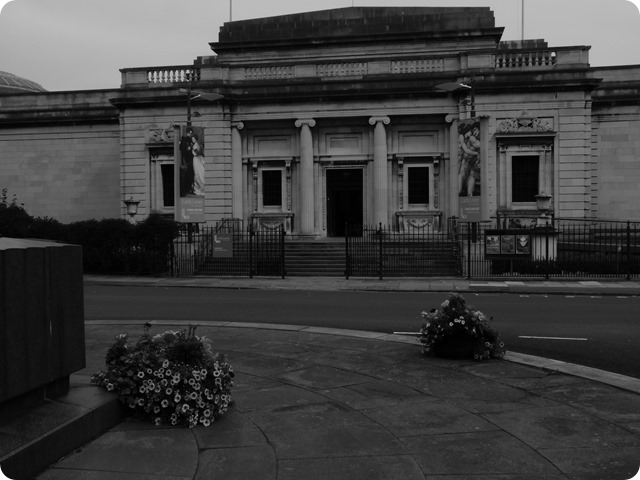
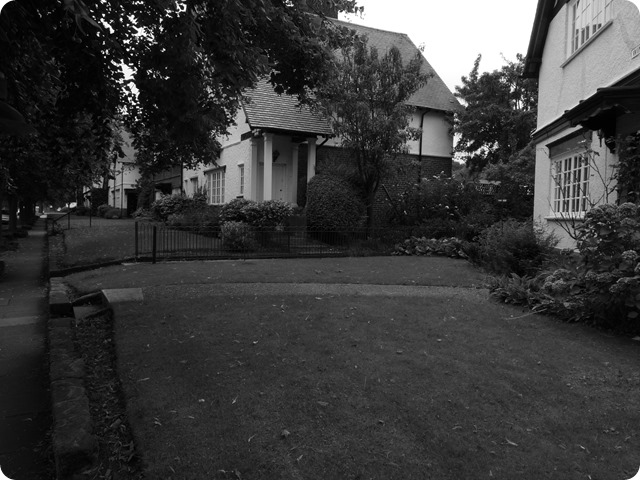
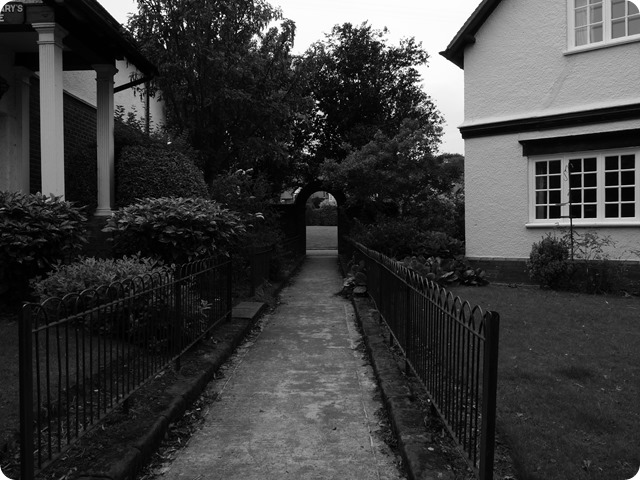
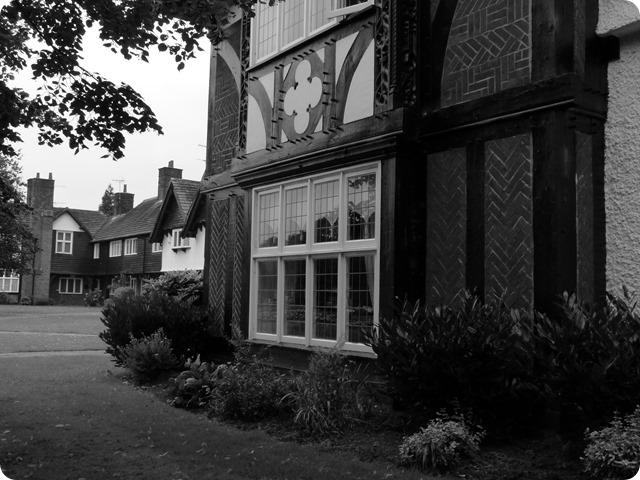
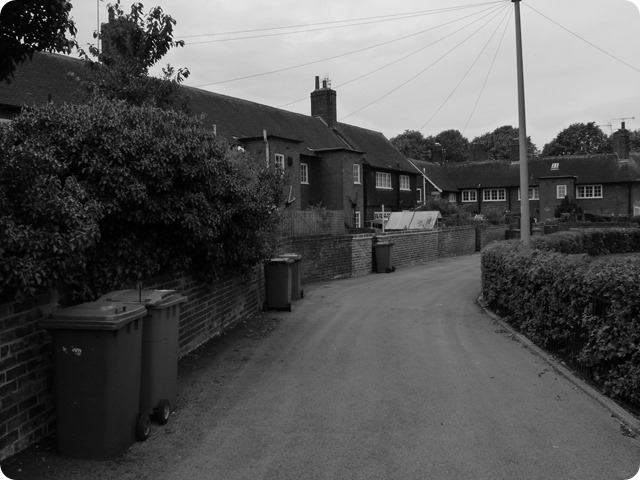
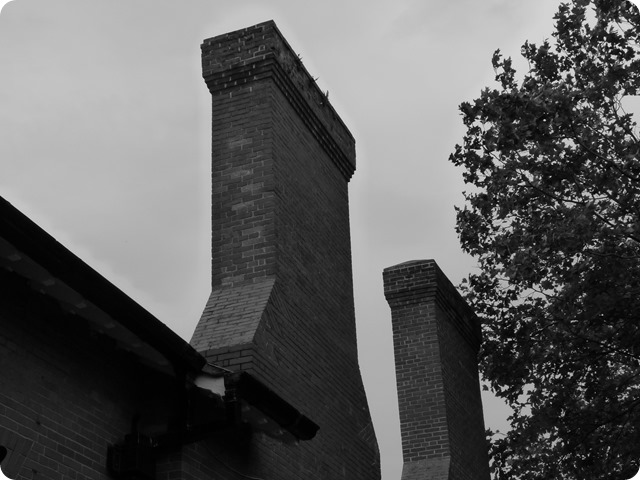
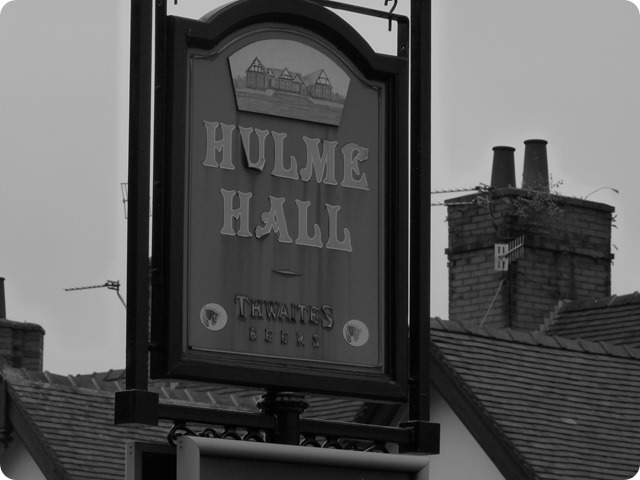
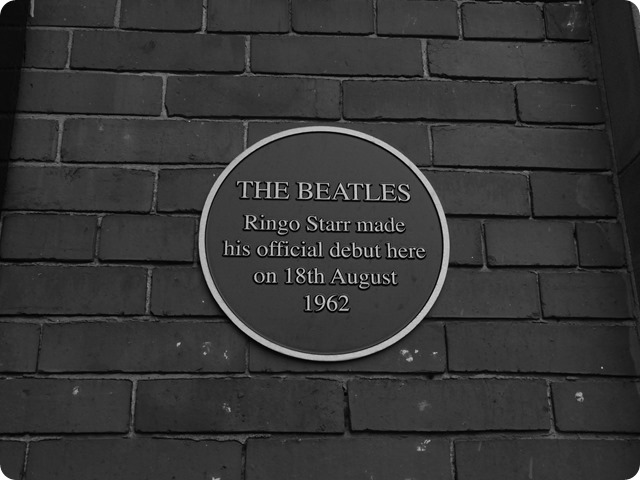
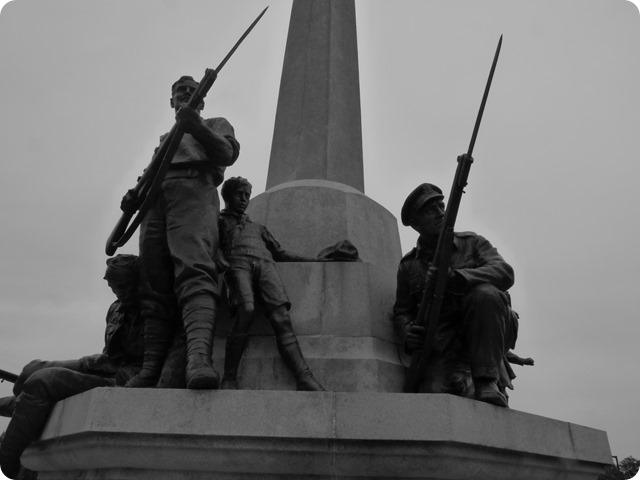
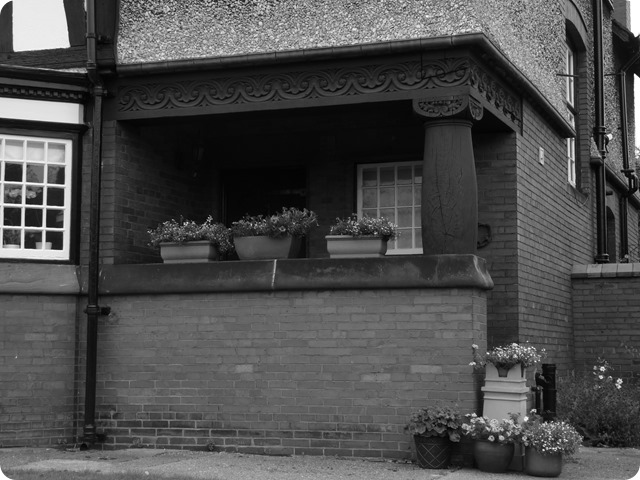
Excellent stuff Bobby. Have read much about Port Sunlight but never visited. A bunch of the polaris subs now lie rusting in Rosyth dockyard not too far away from here!
Memory is such a strange and interesting thing. I was quite small at the time but, for me, that stretch of road past the old Birkenhead shipyard is forever haunted by the Polaris subs and the CND protesters.
Was that bus a Crosville F7?
It was definitely a Crosville bus, but I’ve no idea what the number was. I seem to recall that the Mold to Birkenhead, Woodside bus in those days used to alternate its starting point between Loggerheads and Pantymwyn. But it was a long time ago….. Incidentally, I saw a Crosvile bus of that era at a transport festival in Llandudno a couple of years ago. I got quite misty-eyed!
So glad you went back and visited Port Sunlight. Very much enjoyed this piece so evocative. The photos in monochrome add so much.
I hoped you’d like it!
Pingback: A Garden Village | Psychogeographic Review